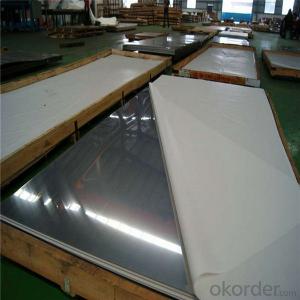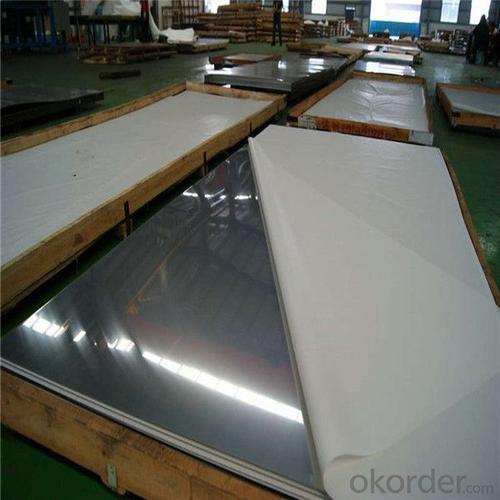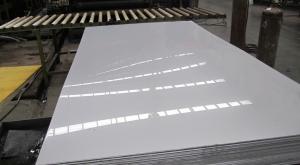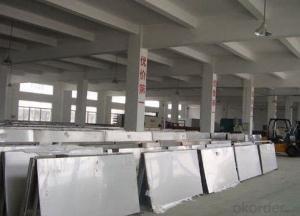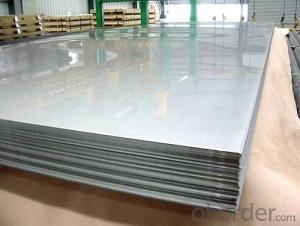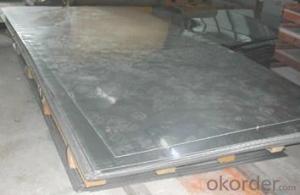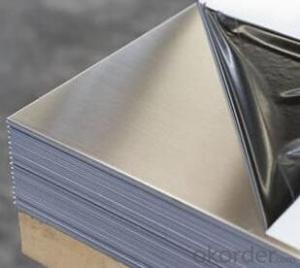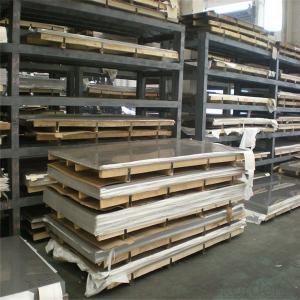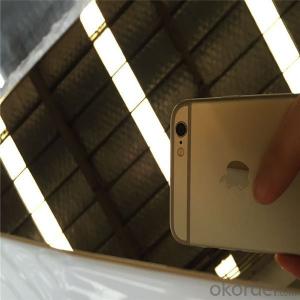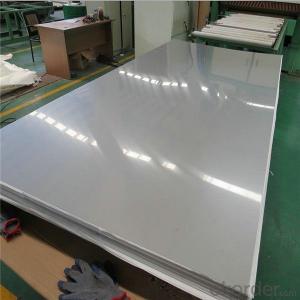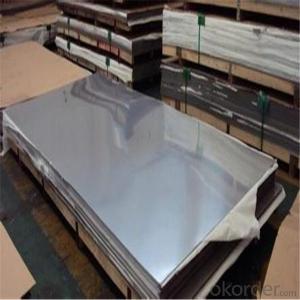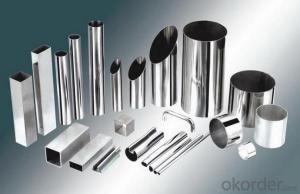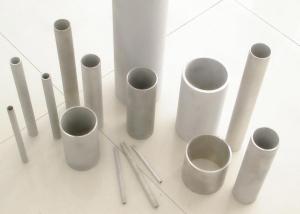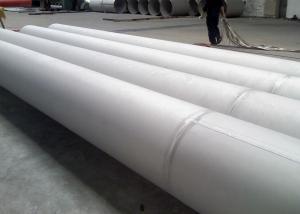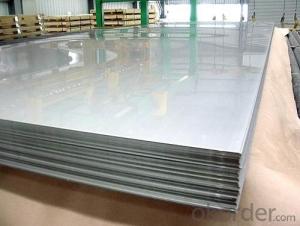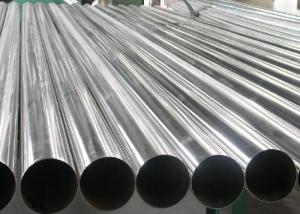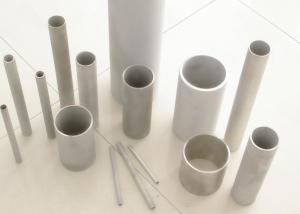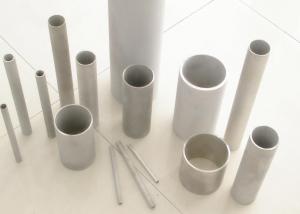904l Stainless Steel Sheet price per kg
- Loading Port:
- Shanghai
- Payment Terms:
- TT OR LC
- Min Order Qty:
- 1 m.t.
- Supply Capability:
- 20000 m.t./month
OKorder Service Pledge
OKorder Financial Service
You Might Also Like
Specification
904l stainless steel sheet
1. Material: 904L
2. Standard: ASTM, AISI,JIS, DIN,GB
3.Cold rolled stainless steel sheet
Thickness : 0.3mm-3.0mm
Width : 1000mm/1219mm/1500mm
Length : 2000mm/2438mm/4000mm/6000mm or cutting randomly
Model size : 0.3mm-3.0mm(TK)*1000mm(W)*2000mm(L)
0.3mm-3.0mm(TK)*1219mm(W)*2438mm(L)
0.3mm-3.0mm(TK)*1500mm(W)*4000mm(L)
Surface : 2B, BA, 8K, HL, 2D, Golden 8K, Black 8K etc.

4.Hot rolled stainless steel plate
Thickness : 3.0mm-120mm
Width : 1219mm/1500mm/1800mm/2000mm
Length : 2000mm/2438mm/4000mm/6000mm or cutting randomly
Model size : 3.0mm-120mm(TK)*1219mm(W)*2438mm(L)
3.0mm-120mm(TK )*1500mm(W)*6000mm(L)
3.0mm-120mm(TK) *1800mm(W)*6000mm(L)
3.0mm-120mm(TK) *2000mm(W)*6000mm(L)
Surface : No.1
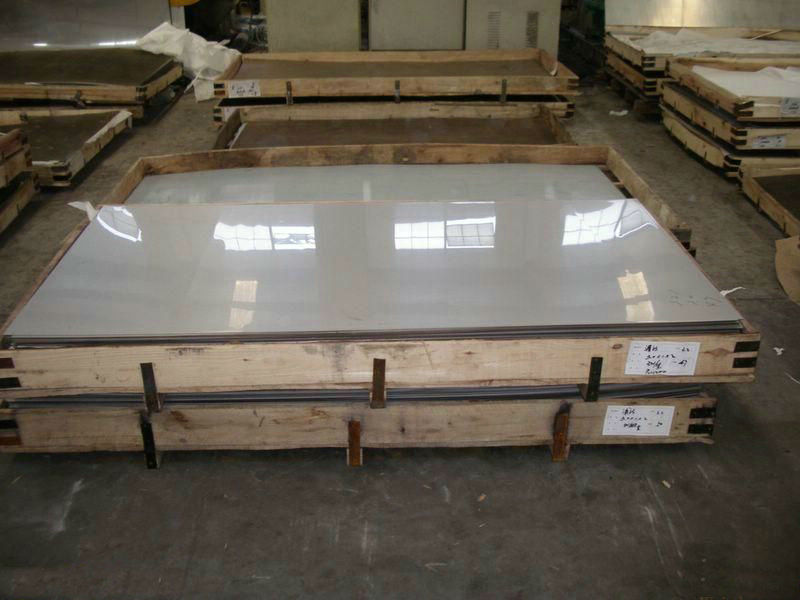
5.Characteristics and application
Surface finish | Characteristics and application |
NO.2B | The surface brightness and flatness of no2B is better than no2D. then through a special surface treatment to improve its mechanical properties,No2B could nearly satisfy comprehensive uses. |
NO.3 | Polished with abrasive belt of git#100-#200, have better brightness with discontinuous coarse stria, used as inner and external ornaments for building, electrical appliances and kitchen utensils etc. |
NO.4 | Polished with abrasive belt of grit #150-#180,have better brightness with discontinuous coarse stria,but thinner than No3, are used as bathtub buildings inner and external ornaments electrical appliances kitchen utensils and food processing equipment etc. |
HL | Polished with abrasive belt of grit #150-#320 on the NO.4 finish and has continuous streaks, mainly used as buildings ornaments elevators,door of building, frontal plate etc. |
BA | Cold rolled, bright annealed and skin-passed, the product have excellent brightness and good reflexivity like mirror,kitchen apparatus,ornament etc. |
8K | The product have excellent brightness and prefer reflexivity can to be the mirror. |
5.Payment : Usually 30% of the amount by T/T as deposit , and the balance money shall be paid by T/T after got the faxed B/L.Or L/C at sight .
6. Package: Kraft paper+Hard board+metal/wooden pallet+metal strip; or based on the customer requirement.
7. USE: construction.machinebuilding,container manufacturing,shipbuilding,bridges and so on.
The operating philosophy of our company : high quality and best service and competitive price and prompt delivery .We sincerely welcome the old and new customers to inquiry the price . any questions and needs you have , pls don't hesitate to contact us anytime .
- Q: Can stainless steel sheets be used for solar water heaters?
- Yes, stainless steel sheets can be used for solar water heaters. Stainless steel is a durable and corrosion-resistant material, making it suitable for withstanding the harsh conditions of a solar water heating system. It can effectively absorb and retain heat, making it a good choice for the absorber plate in a solar collector. Stainless steel sheets also have excellent thermal conductivity, allowing for efficient heat transfer to the water. Additionally, stainless steel is a sustainable and environmentally friendly choice, as it is recyclable and has a long lifespan.
- Q: What are the different types of stainless steel sheet surface coatings available?
- There are several different types of stainless steel sheet surface coatings available, each offering unique properties and benefits. Some of the most common types include: 1. No Coating: Stainless steel sheets without any coating have a natural, smooth surface finish. This type is often used in applications where corrosion resistance is a primary concern. 2. Brushed Finish: This coating creates a distinctive brushed pattern on the stainless steel surface. It provides a decorative appearance while also hiding scratches and fingerprints. 3. Mirror Finish: A mirror coating gives stainless steel sheets a highly reflective surface, similar to a mirror. This type is popular in architectural and decorative applications. 4. Satin Finish: Satin coatings offer a smooth, matte appearance with a low reflectivity. They are frequently used in high-end appliances and architectural elements. 5. Bead Blasted Finish: This coating creates a uniform, textured surface by bombarding the stainless steel with small glass beads. It provides a unique visual effect and can hide surface imperfections. 6. Patterned Finish: Patterned coatings involve embossing or etching designs onto the stainless steel surface. They can create a wide range of patterns and textures, adding aesthetic appeal to various applications. 7. Colored Coatings: Stainless steel sheets can be coated with various colors using processes such as powder coating or electroplating. This allows for customization and adds a decorative element to the material. It is important to consider the specific requirements of your application when selecting a stainless steel sheet surface coating. Factors such as corrosion resistance, durability, aesthetics, and functionality should all be taken into account to ensure the best choice for your needs.
- Q: How do you prevent fingerprints on stainless steel sheets?
- To prevent fingerprints on stainless steel sheets, you can wipe them down with a clean microfiber cloth or use a stainless steel cleaner specifically designed to repel fingerprints. Additionally, handling the sheets with clean, dry hands and avoiding touching them unnecessarily can help minimize fingerprint smudges.
- Q: What's the difference between stainless steel 304 and stainless steel 202?
- 202 stainless steel is one of the 200 series stainless steel, the national standard model is 1Cr18Mn8Ni5N. 200 series stainless steel is low nickel, high manganese stainless steel, nickel content, manganese content of about 8%, is a nickel type stainless steel.
- Q: Can stainless steel sheets be used for sound insulation?
- Yes, stainless steel sheets can be used for sound insulation to some extent. While stainless steel is not as effective as other materials specifically designed for soundproofing, it still has some soundproofing properties. Stainless steel sheets have a high density which helps in reducing sound transmission. Additionally, they have good reflective properties, meaning they can reflect sound waves and prevent them from passing through. However, it is important to note that for effective sound insulation, it is recommended to use materials specifically designed for this purpose, such as acoustic panels or soundproof curtains, as they offer better sound absorption capabilities.
- Q: Do stainless steel sheets require any special maintenance?
- Regular cleaning is necessary to keep stainless steel sheets looking good and preventing corrosion. Unlike other materials, stainless steel is resistant to staining, rust, and corrosion, so it requires less maintenance. However, it is important to clean stainless steel sheets regularly to get rid of dirt, debris, and fingerprints that can make them lose their shine. To clean stainless steel sheets, just use a soft cloth or sponge with mild soap and warm water. Avoid using abrasive cleaners or scrub brushes as they can damage the surface. After cleaning, make sure to dry the sheets thoroughly to avoid water spots or marks. By following these simple cleaning instructions, stainless steel sheets will remain beautiful and functional for many years.
- Q: What are the different types of perforated finishes available for stainless steel sheets?
- Stainless steel sheets offer a range of perforated finishes, each with its own distinct appearance and functionality. The most widely used finish is the round hole, which features evenly spaced circular perforations, providing a sleek, contemporary look. For a more simplistic yet noticeable finish, the square hole is a popular choice. Like the round hole, it has evenly spaced perforations, but in a square shape. Another option is the slotted hole finish, which offers elongated holes that can be either straight or staggered. This finish is often chosen for its decorative appeal and ability to enhance ventilation. For a visually captivating pattern, the hexagonal hole finish is an excellent choice. With its six-sided holes, it creates a modern and eye-catching design, making it ideal for architectural applications. In addition to the standard hole shapes, stainless steel sheets can also be perforated with decorative patterns. These patterns can range from floral designs to abstract shapes, allowing for a personalized and unique finish. When selecting a perforated finish for stainless steel sheets, it is crucial to consider factors such as the desired appearance, functional requirements, and the specific application. By taking these factors into account, one can choose the perfect perforated finish to meet their needs.
- Q: Are stainless steel sheets available in different colors?
- No, stainless steel sheets are typically only available in their natural silver color. Stainless steel is a type of steel alloy that contains chromium, which gives it its characteristic silver appearance. While it is possible to treat stainless steel sheets with various coatings or finishes to achieve a different color, such as black or gold, these are not typically available as standard options. However, there are alternatives like powder coating or painting stainless steel sheets to achieve different colors, but these processes may affect the material's corrosion resistance and durability.
- Q: What are the different types of stainless steel sheet finishes for sanitary applications?
- For sanitary applications, various types of stainless steel sheet finishes are commonly used. These finishes are specifically designed to offer a smooth and clean surface that resists corrosion and bacteria growth. 1. One commonly used finish for stainless steel sheets in sanitary applications is the #4 Brushed Finish. It presents a brushed appearance that creates a consistent and uniform texture. This finish is easy to clean and maintain, making it perfect for environments where hygiene is of utmost importance. 2. Another option is the #8 Mirror Finish, which boasts a highly reflective surface resembling a mirror. It is visually appealing and easy to clean due to its smooth and shiny nature. However, it is worth noting that this finish may show scratches and fingerprints more readily than others. 3. The 2B Finish is generally applied to stainless steel sheets that will undergo further processing, such as fabrication or welding. It presents a dull and smooth appearance, providing a suitable base for additional treatments or coatings. 4. The Satin Finish, also known as a No. 4 finish, offers a low luster and smooth texture. It is frequently used in sanitary applications where a clean and aesthetically pleasing surface is desired. 5. A Bead Blast Finish is achieved by subjecting the stainless steel sheet to fine glass beads. This process results in a non-reflective surface that is uniform and easy to clean. It also provides resistance to corrosion, making it a popular choice for food processing plants and pharmaceutical facilities. 6. Lastly, the Electropolished Finish involves an electrochemical process that removes a thin layer from the stainless steel surface, leaving behind a smooth and shiny appearance. This finish offers a high level of cleanliness and resistance to corrosion, making it suitable for sanitary applications in the pharmaceutical and biotech industries. To ensure the best possible outcome, it is crucial to consider the specific requirements of the sanitary application when selecting the appropriate stainless steel sheet finish. Factors such as corrosion resistance, ease of cleaning, and aesthetic appearance should be taken into account.
- Q: Are stainless steel sheets suitable for heat exchangers?
- Indeed, heat exchangers find stainless steel sheets to be a suitable material. This is due to the fact that stainless steel exhibits exceptional thermal conductivity, allowing for efficient heat transfer between fluids. Moreover, stainless steel boasts high resistance against corrosion and oxidation, rendering it an ideal choice for instances where contact with diverse fluids or gases at varying temperatures is anticipated. Furthermore, the durability and capacity to endure elevated temperatures enhance stainless steel's dependability as a preferred option for heat exchangers. In conclusion, stainless steel sheets are widely favored and trusted in the realm of heat exchangers owing to their thermal conductivity, corrosion resistance, and durability.
Send your message to us
904l Stainless Steel Sheet price per kg
- Loading Port:
- Shanghai
- Payment Terms:
- TT OR LC
- Min Order Qty:
- 1 m.t.
- Supply Capability:
- 20000 m.t./month
OKorder Service Pledge
OKorder Financial Service
Similar products
Hot products
Hot Searches
Related keywords
